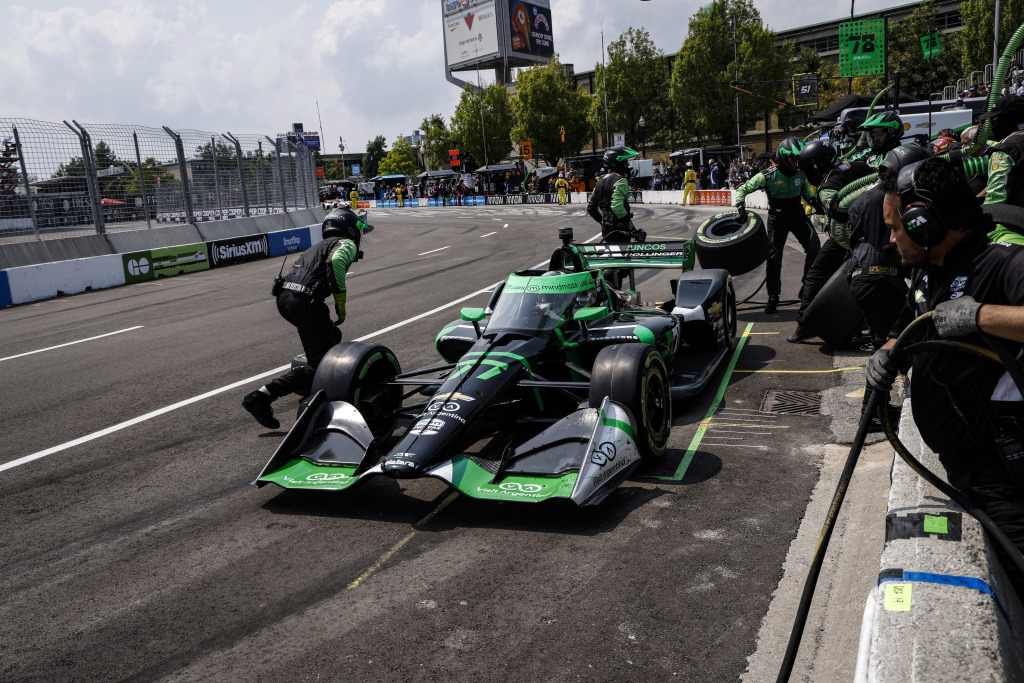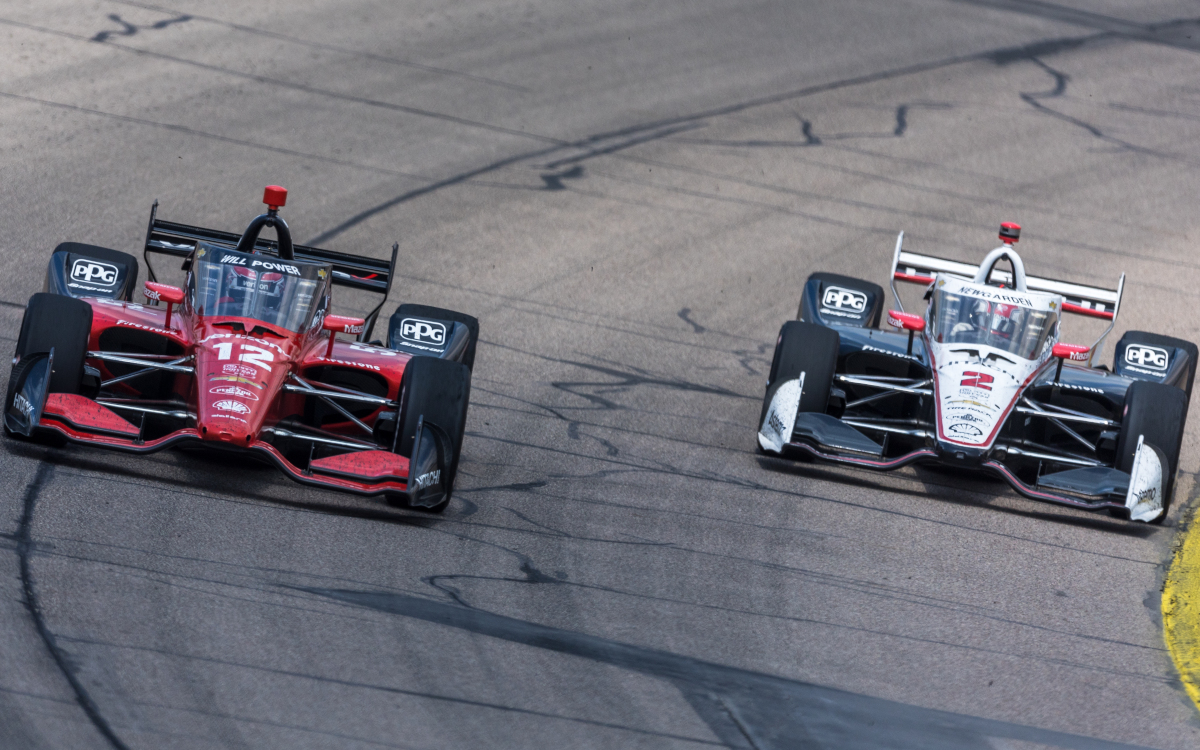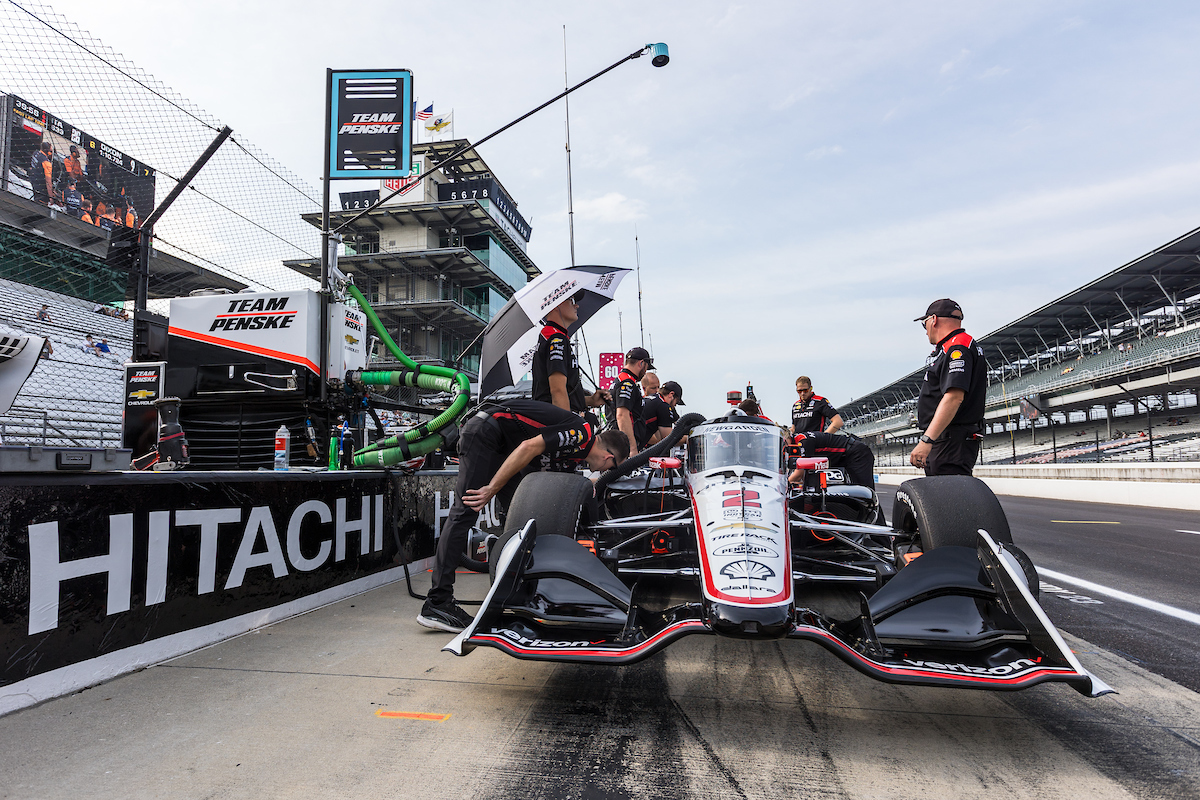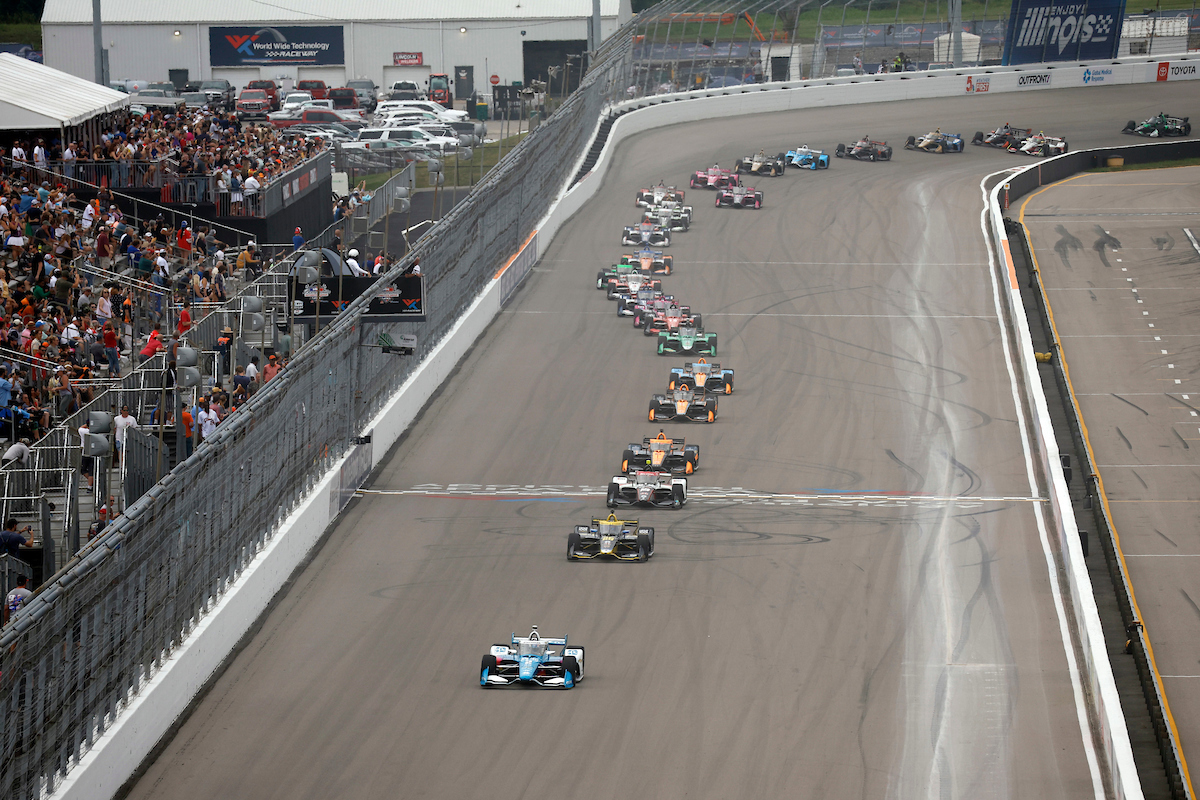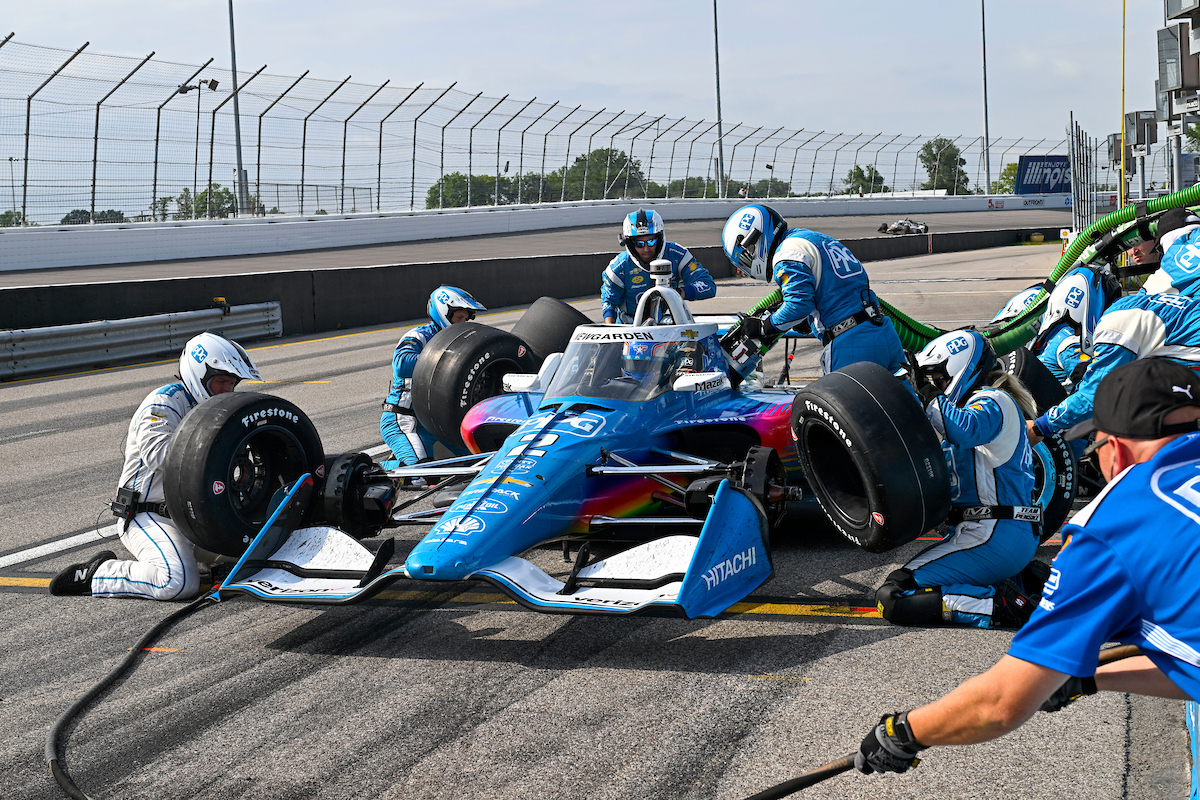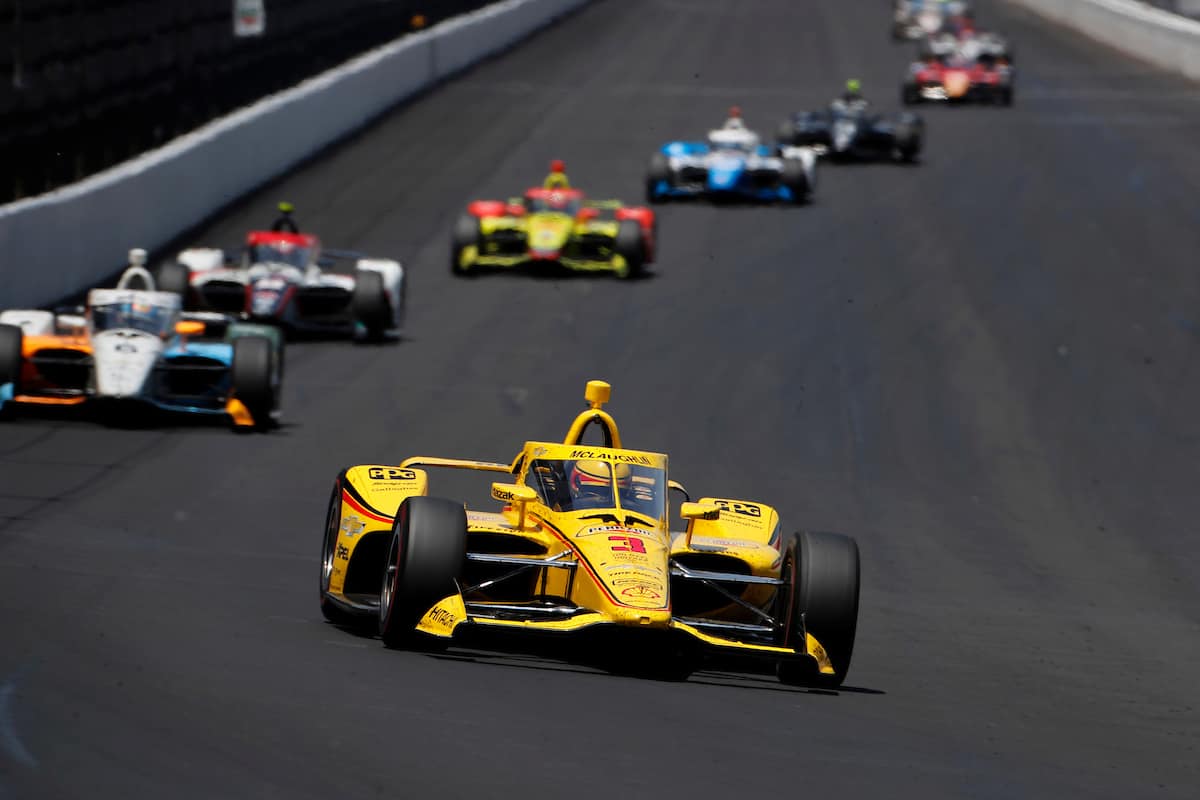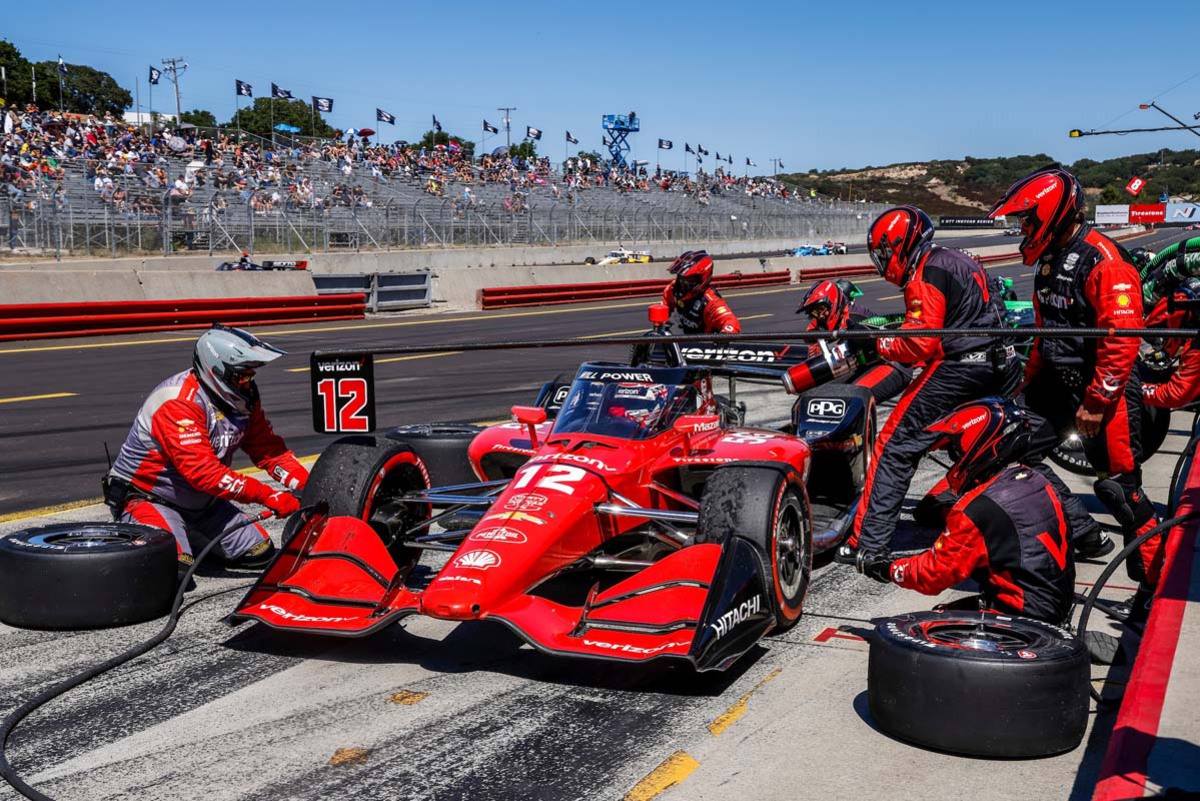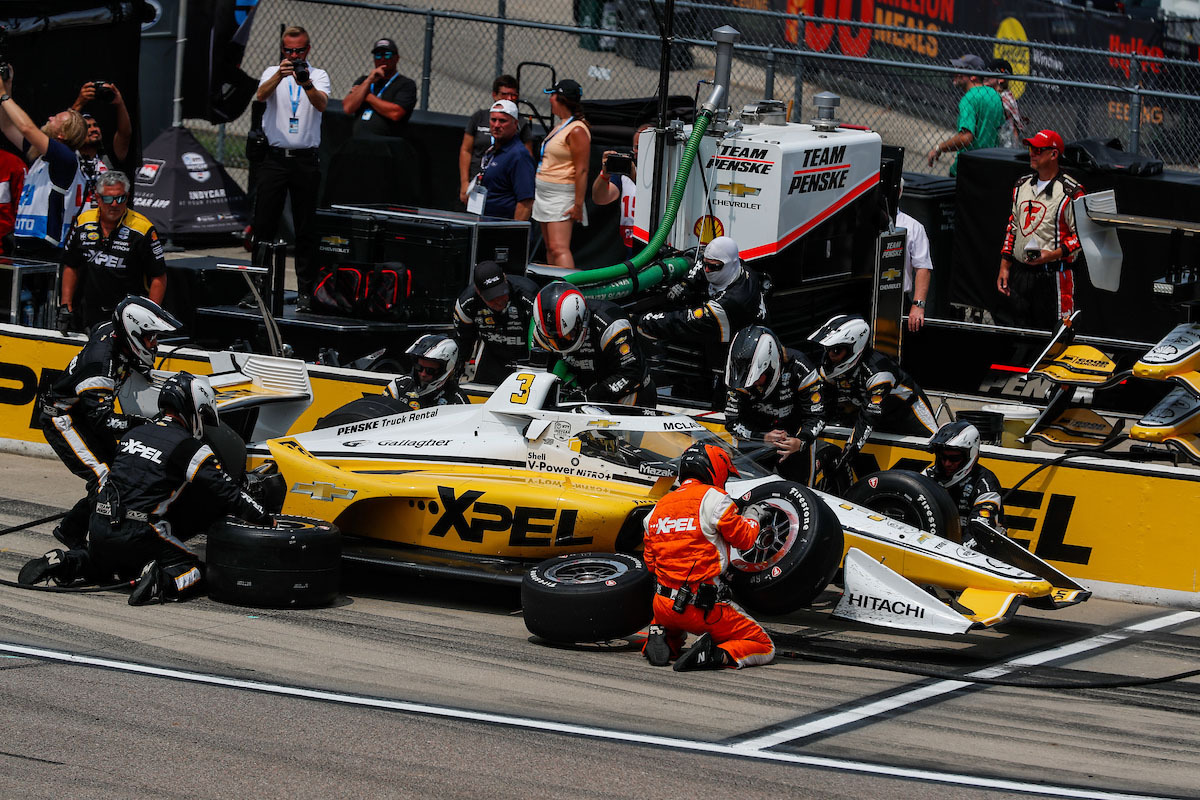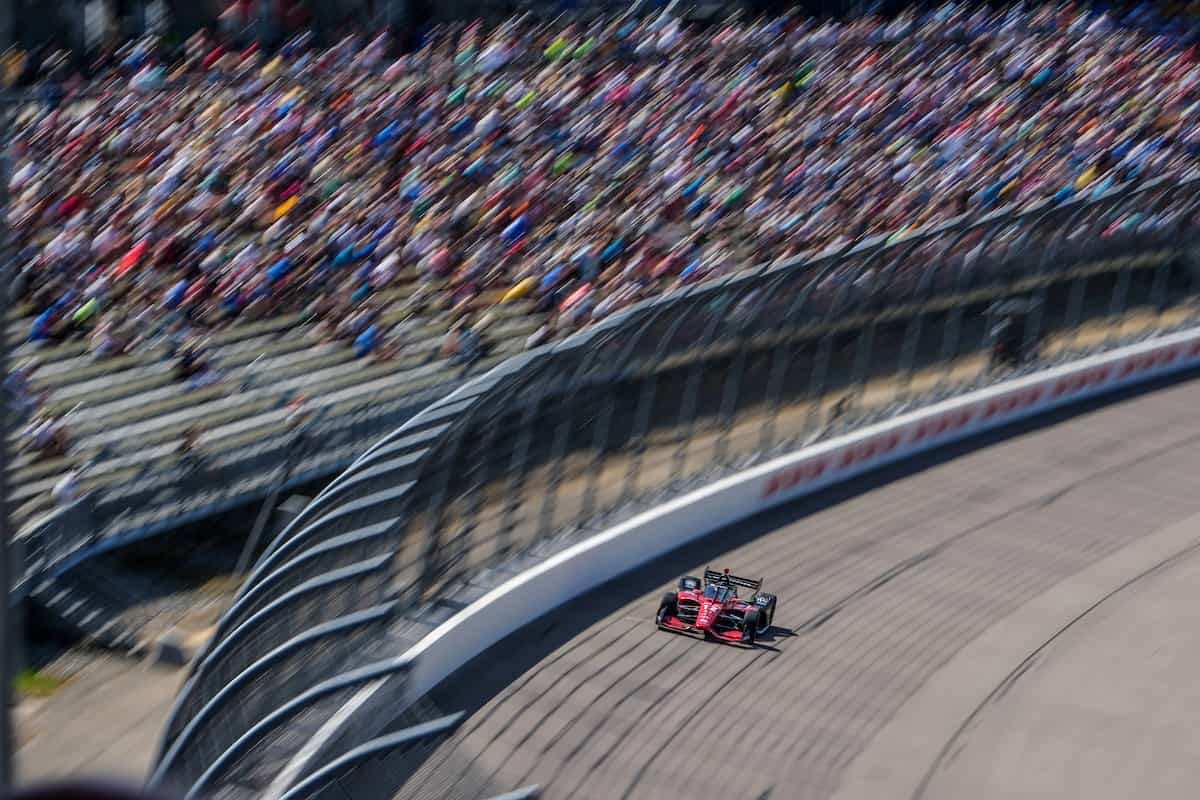IndyCar Qualifying 101: The Ultimate Beginner’s Guide


For those new to the world of IndyCar racing, the qualifying process can be a bit confusing. It is an essential part of the sport, as it determines the starting positions for each race. The qualifying process for IndyCar races varies depending on the type of track, whether it be an oval, street, or road course.
At the Indianapolis 500, the most famous race in IndyCar, the qualifying process is particularly unique. Cars make four-lap qualifying attempts in the order of a random draw on Fast Friday. Drivers are ranked by their average speed across the four laps. After all cars have made one attempt, a driver may attempt to improve their qualifying speed by entering their car into one of two lanes on pit road.
Whether you’re a die-hard fan or a newcomer to the sport, understanding the ins and outs of IndyCar qualifying is crucial to fully appreciate the excitement and strategy of each race. In this beginner’s guide, we’ll break down the basics of IndyCar qualifying, including the different types of tracks, the qualifying process, and what to expect on race day.
Table of Contents
Toggle Table of ContentUnderstanding IndyCar Qualifying
Qualifying is an important part of the IndyCar racing weekend, as it determines the starting positions for the race. In this section, we will cover the basics of IndyCar qualifying and the different formats used in various types of tracks.
The Basics of IndyCar Qualifying
IndyCar qualifying is a timed session where drivers compete to set the fastest lap time around the track. The driver with the fastest lap time earns the pole position, which is the first starting position on the grid. The rest of the field is set based on their lap times, with the slowest driver starting at the back of the grid.
Qualifying is typically split into multiple rounds, with the slowest drivers being eliminated after each round until the fastest drivers are left to compete for pole position. The number of rounds and the number of drivers eliminated in each round varies depending on the track and the number of entries.
The Different Qualifying Formats
There are different qualifying formats used in IndyCar, depending on the type of track being used. Here are the most common formats:
| Track Type | Qualifying Format |
|---|---|
| Street and Road Courses | Two rounds of qualifying. In the first round, drivers are split into two groups and have 10 minutes to set their fastest lap time. The fastest six drivers from each group advance to the second round, where they compete for pole position. |
| Oval Tracks | Single-car qualifying. Each driver completes two timed laps, with the fastest lap time determining their starting position. The order of the drivers is determined by their position in the championship standings, with the lowest-ranked driver going first. |
It’s important to note that qualifying is just one part of the racing weekend, and drivers can still make up positions during the race itself. However, starting at the front of the grid can give drivers an advantage and increase their chances of a good result.
Preparing for IndyCar Qualifying
Qualifying is an essential part of any IndyCar race. It determines the starting grid for the race, and a good qualifying position can give a driver a significant advantage. However, preparing for qualifying requires a different approach than preparing for the race itself. In this section, we’ll discuss the importance of practice and some qualifying strategies that drivers use to get the best possible result.
The Importance of Practice
Practice is crucial for any driver looking to qualify well. During practice sessions, drivers can work on perfecting their lines, testing different setups, and getting a feel for the track. They can also analyze their data and compare their performance to that of their competitors.
Practice sessions are usually held a few days before qualifying, and drivers are given a set number of laps to complete. During these sessions, drivers will typically focus on getting a good balance between speed and consistency. They may also work on finding the best way to manage tire wear, which can be a critical factor in qualifying and the race itself.
Qualifying Strategies
There are several strategies that drivers can use to get the best possible result in qualifying. Some drivers prefer to go out early in the session when the track is less busy, while others prefer to wait until the end when the track has more rubber on it. The latter approach can be risky, as conditions can change quickly, and a sudden rain shower can ruin a driver’s chances.
Another strategy is to focus on a single fast lap rather than a series of consistent laps. This approach can be effective if a driver has a car that is well-suited to a single fast lap, but it can also be risky if the driver makes a mistake or encounters traffic. Alternatively, some drivers prefer to focus on consistency and aim to get a series of fast laps rather than a single flying lap.
Finally, it’s worth noting that qualifying is not just about speed. A driver’s position on the grid can be affected by factors such as track position, traffic, and even the weather. As a result, drivers need to be adaptable and able to adjust their approach as conditions change.
During IndyCar Qualifying
Rules and Regulations to Know
During IndyCar qualifying, drivers have a limited amount of time to set their fastest lap times. The qualifying format varies depending on the type of track being used, but the basic rules and regulations are the same across all tracks. In order to qualify, drivers must complete a certain number of laps within a specified time limit. The number of laps and time limit vary depending on the track, but typically drivers have around 10 minutes to set their fastest lap time. During qualifying, drivers are not allowed to receive any outside assistance. This means that they cannot receive help from their pit crews, and they cannot communicate with their teams while on the track. If a driver causes a red flag during qualifying, they will lose their fastest lap time and will have to start over. This is to prevent drivers from intentionally causing a red flag in order to gain an advantage.
What to Expect During Qualifying
During qualifying, fans can expect to see drivers pushing their cars to the limit in order to set the fastest lap times possible. This can lead to some exciting and intense moments, as drivers fight to secure a good starting position for the race. Fans can also expect to see some strategy at play during qualifying. Drivers will often try to time their runs so that they are on the track when conditions are optimal for setting a fast lap time. This can mean waiting until the end of the session to make a run, or trying to find clear track in order to avoid traffic. Overall, qualifying is an important part of any IndyCar race weekend. It can determine a driver’s starting position for the race, which can have a big impact on their chances of success. By understanding the rules and regulations of qualifying, as well as what to expect during the session, fans can gain a deeper appreciation for this exciting aspect of IndyCar racing.
After IndyCar Qualifying
After the qualifying rounds, the teams prepare for the race. The drivers and their teams analyze the qualifying results to determine their starting position on the grid. They also use this information to strategize and prepare for the race ahead.
Analyzing Qualifying Results
Teams analyze the qualifying results to determine where they stand relative to their competitors. They look at the lap times, the speed, and the consistency of their drivers, as well as the other drivers on the grid. They also consider the weather and track conditions during the qualifying rounds and how they may affect the race.
Teams use this information to develop their race strategy. They may decide to be more aggressive if they are starting farther back on the grid, or they may play it safe if they are starting near the front. They may also adjust their pit stop strategy based on their starting position and the expected race conditions.
Preparing for the Race
After analyzing the qualifying results, the teams prepare for the race. They make final adjustments to the car setup, ensuring that it is optimized for the expected race conditions. They also review their pit stop strategy and make sure that everyone on the team knows their role.
The drivers also mentally prepare for the race. They review the track layout and any potential trouble spots. They also visualize their race strategy and mentally prepare for different scenarios that may arise during the race.
Overall, qualifying is a crucial part of the IndyCar race weekend. It determines the starting positions on the grid and sets the stage for the race ahead. Teams analyze the qualifying results to develop their race strategy and prepare for the race, both physically and mentally.

